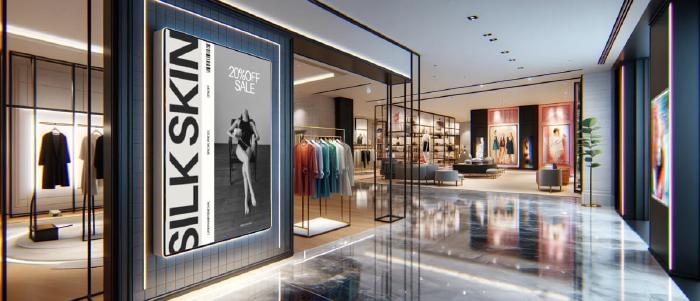
Dec 6 2023
5 min read

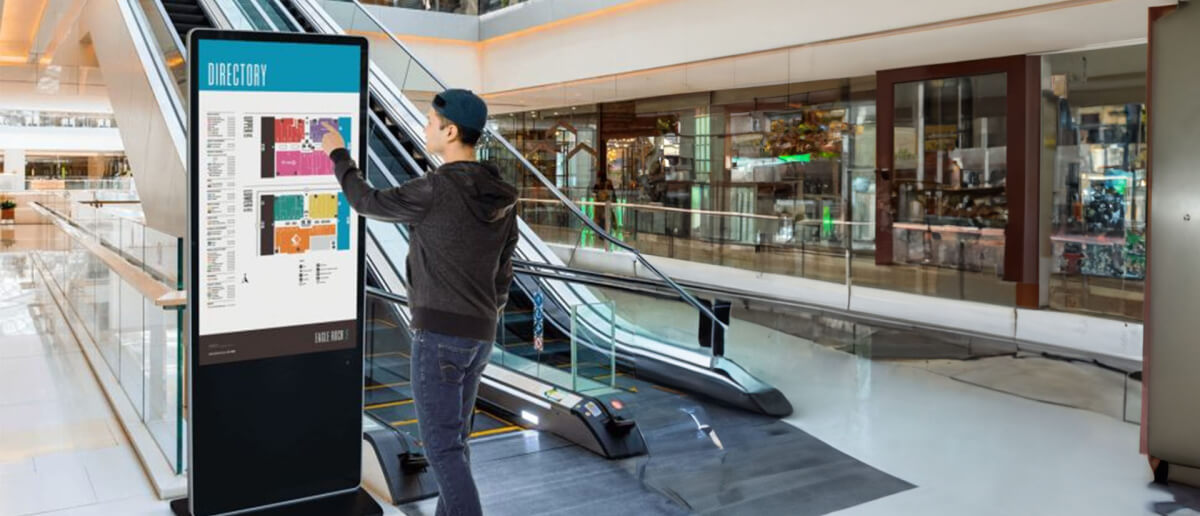
Jul
Retail wayfinding refers to the implementation of technology-driven solutions that help guide employees and customers within a large space, for instance shopping malls, grocery stores, etc.
It involves the usage of digital maps, interactive signage, and navigation systems to provide accurate directions and audio maps, locate products, and enhance overall navigation efficiency. By utilizing these tools, retail wayfinding streamlines the shopping experience, enhances customer satisfaction, and optimizes operations.
Shopping malls can utilize the following wayfinding ideas to get the best out of their spaces:
Integrating shopping mall wayfinding with emerging technologies such as augmented reality (AR) and virtual reality (VR) presents a unique opportunity to enhance the shopping experience.
As customers don AR glasses, a virtual map materializes before their eyes, aided by digital signage screens strategically placed throughout the store. These screens seamlessly integrate with the wayfinding technology, displaying dynamic information and visuals that complement the virtual experience.
The digital signage screens provide additional guidance, showcasing real-time product availability, exclusive promotions, and relevant product details, allowing easy navigation.
The implementation of wayfinding technology brings transformative influence to store layout and design, redefining the customer experience within shopping malls. Designers must consider visibility, legibility, and accessibility while designing wayfinding maps, ensuring that information is easily accessible to all.
A successful example can be found in interactive digital directories, which serve as powerful tools for enhancing navigation within shopping malls. These directories feature dynamic maps that provide real-time information on store locations and promotions, empowering customers to find their desired destinations effortlessly.
In addition to interactive digital directories, interactive floor projections transform the store environment by projecting visually striking and interactive elements onto the floor.
Retail wayfinding signage revolutionizes digital signage accessibility by catering to individuals with disabilities or special needs. It offers tailored solutions, including audio-based guidance systems and haptic feedback, empowering individuals to navigate hassle-free.
Customizable settings, such as font sizes and contrast options, are crucial to ensuring readability for individuals with cognitive disabilities. Ideal font sizes may vary depending on the individual’s needs. A minimum font size of 18 points or larger is generally recommended for improved legibility.
Additionally, High contrast combinations, such as black text on a white background or white text on a dark background, must be ensured throughout all wayfinding kiosks.
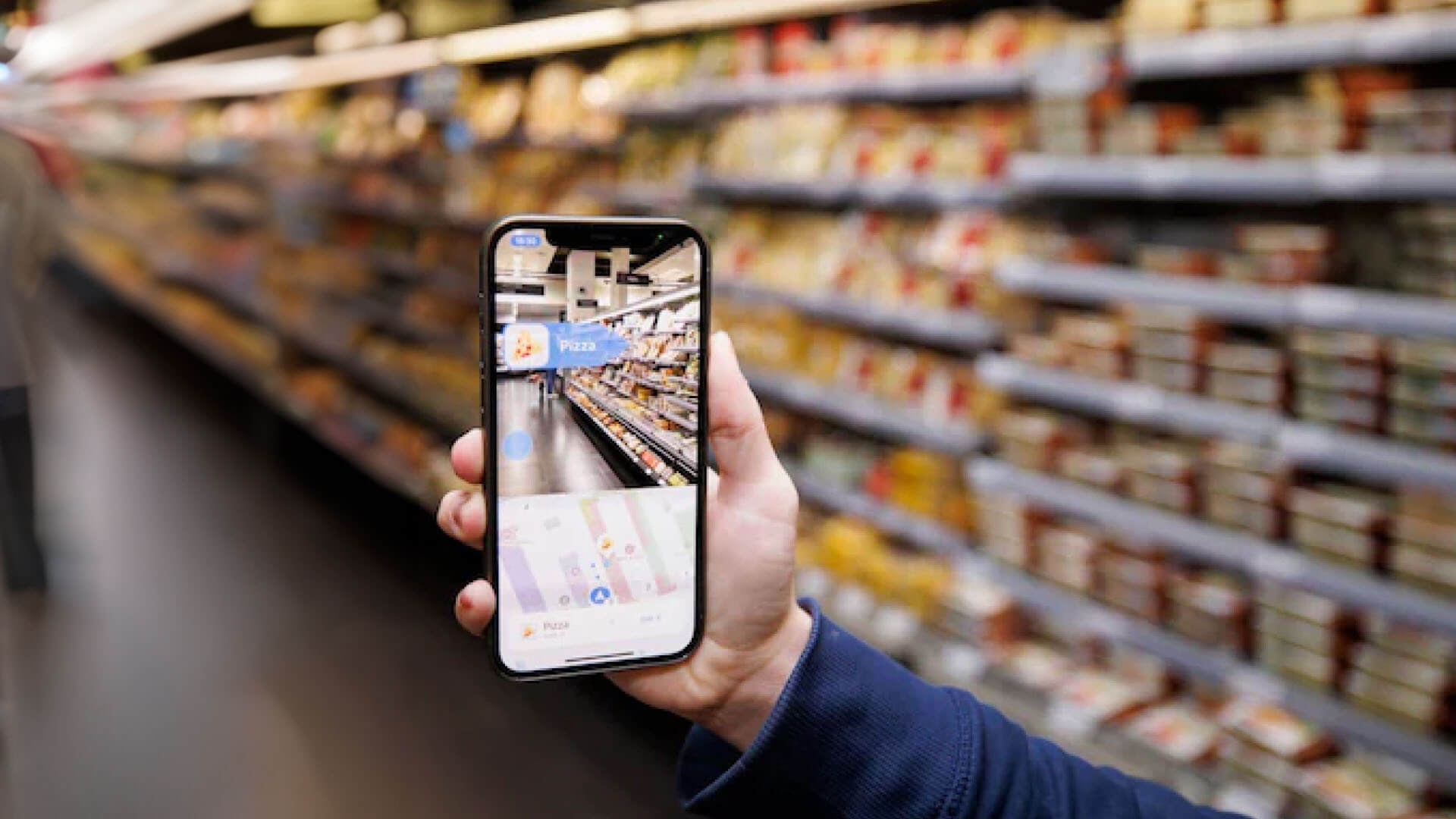
The role of personalized wayfinding and recommendations in retail environments is exemplified by the scenario of a customer entering a high-end fashion boutique. Equipped with a personalized wayfinding app, they are greeted with a tailored experience. The app guides them to specific sections and racks that showcase items perfectly aligned with their taste.
Effective retail wayfinding are vital for efficient inventory management and logistics.
Consider a large retail store with multiple sections and aisles containing various products. However, by utilizing advanced solutions like interactive maps and digital signage, employees can effortlessly navigate the store and find desired products quickly. This streamlines inventory management, ensuring efficient stock placement and reducing the likelihood of misplacement or loss.
Furthermore, wayfinding technology enables store managers to gain valuable insights into customer behavior and preferences. By analyzing the data collected from these systems, retailers can determine popular product areas and optimize stock placement accordingly.
Wayfinding technology is crucial to customer sales and sets retailers apart from competitors. By providing straightforward and intuitive navigation, retail wayfinding signage helps customers find products more efficiently, saving time and reducing frustration.
This enhanced customer experience leads to higher engagement, as satisfied customers are more likely to explore the store, discover new products, and make purchases.
Here are 3 real-life examples that redefine shopping mall wayfinding:
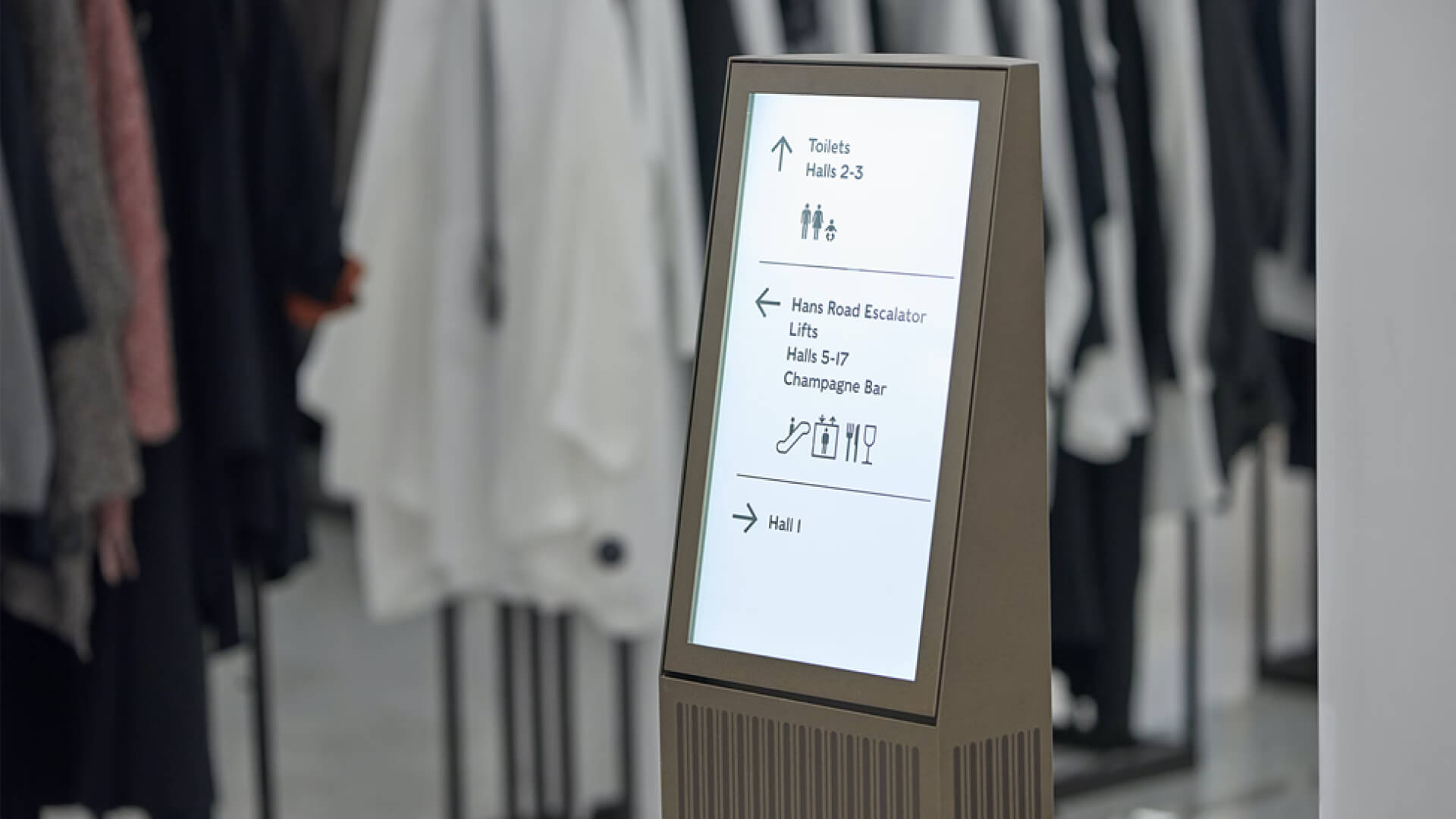
London’s prima donna retailer, Harrods, recently incorporated an effective wayfinding solution to improve the customer experience. The shopping center simplified wayfinding by introducing a simple hall numbering system to unify the store’s navigation. They also renamed escalators and built directional totems to improve the customer experience.
As a result, the staff reported a significant drop in customers asking for directions, while the journey times to key destinations were reduced to two-thirds. Sales-floor efficiency improved with no overcrowding at counters, ensuring best-in-class mobility throughout the complex.
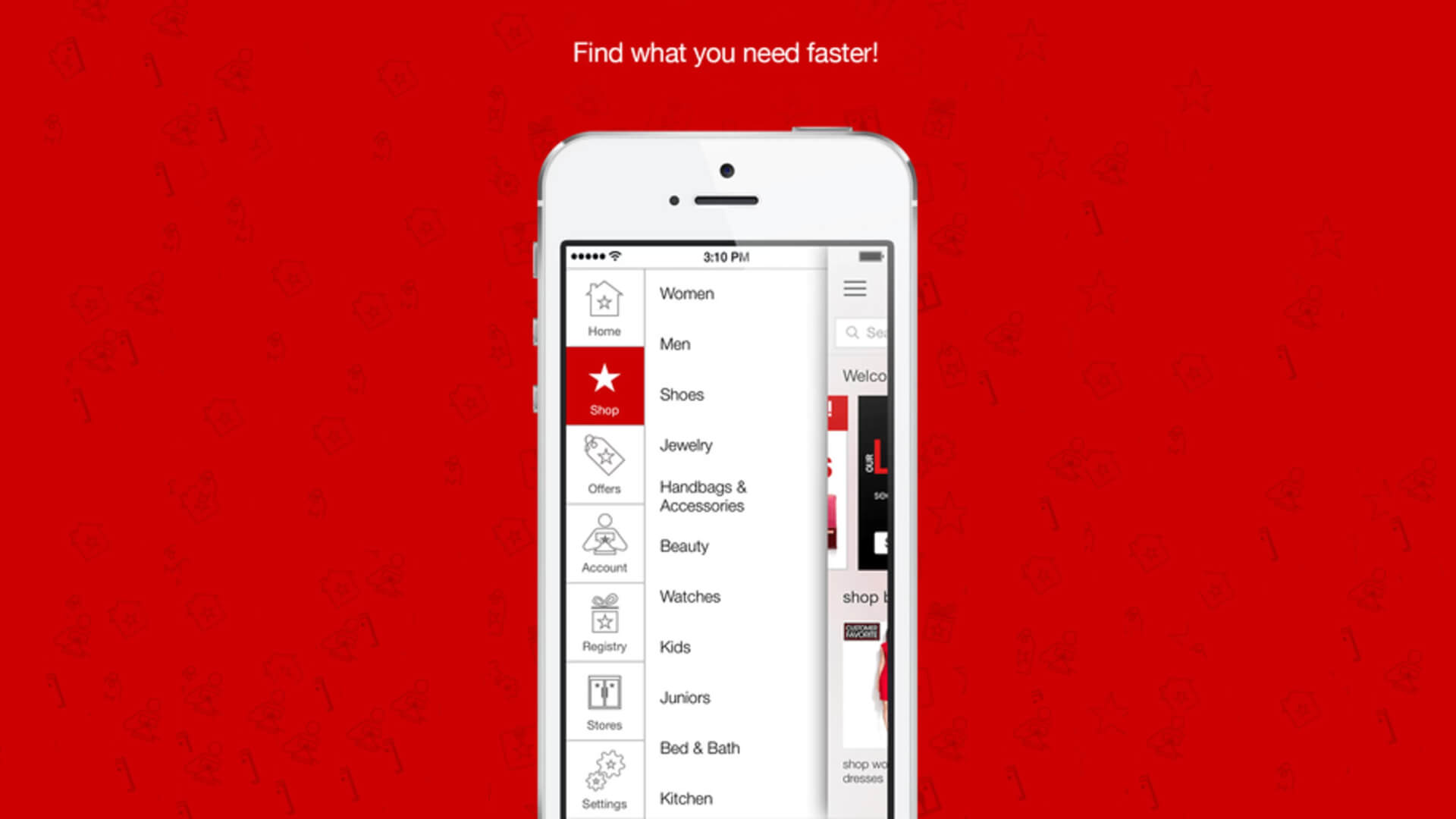
Macy’s, a renowned department store chain, has successfully implemented beacon technology to elevate the shopping center’s wayfinding guide. Customers could receive personalized offers and tailored recommendations depending on the store area they were in alongside, step-by-step directions to desired departments or product displays, all thanks to beacon-powered screens.
This strategic utilization significantly heightened customer engagement, influenced purchase decisions, and nurtured long-lasting loyalty. The retailer’s ability to deliver a more personalized and convenient shopping journey has propelled them ahead in the competitive retail landscape, making them a preferred destination for customers.
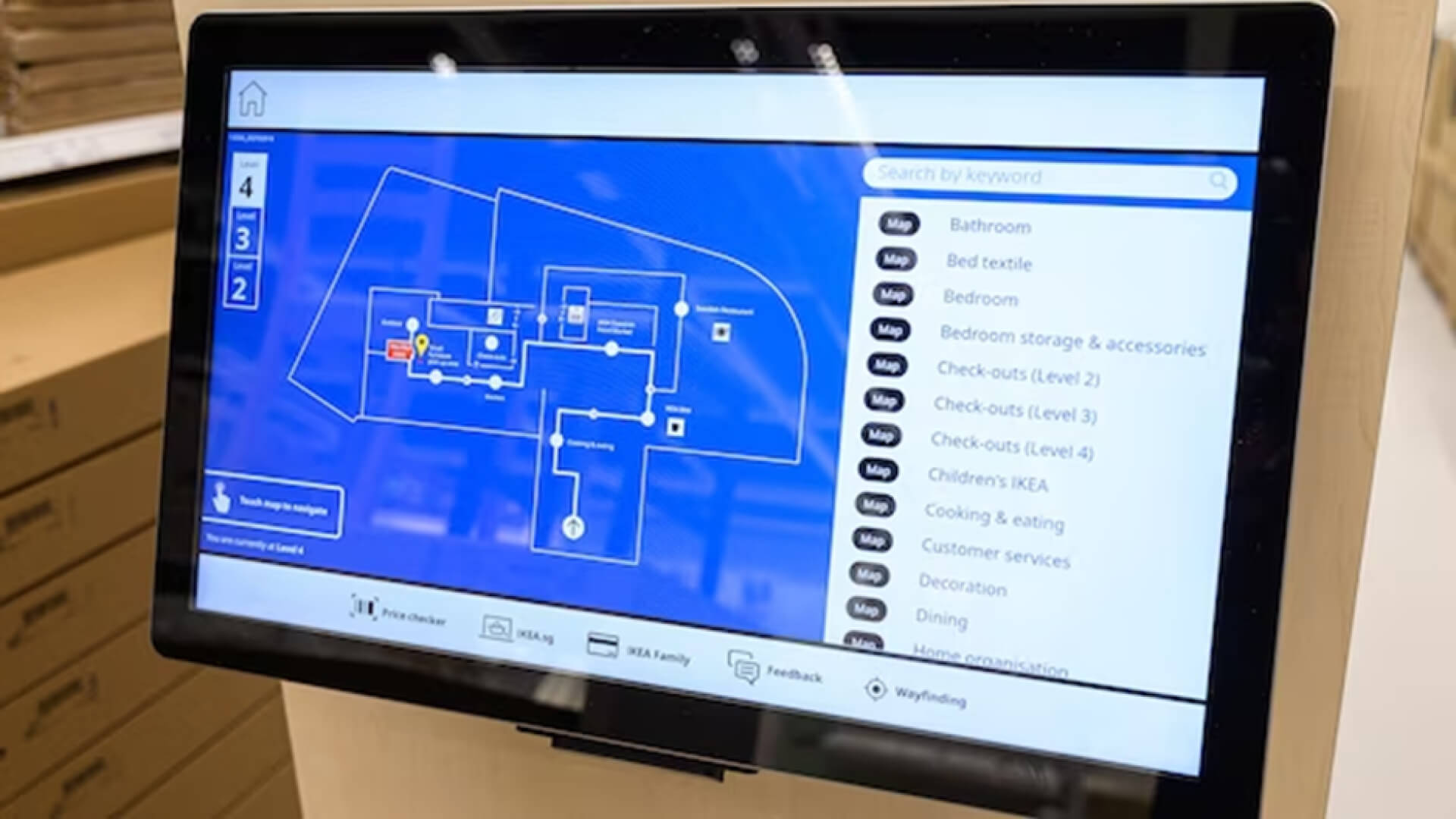
IKEA, the well-known furniture retailer, revolutionized the in-store shopping experience by introducing an interactive digital wayfinder. Customers could effortlessly access this system through one-on-one kiosks, look up the area where they intend to go to, and find directions. This allows them a seamless shopping experience and ensures smooth navigation throughout the space.
The shopping mall wayfinding system provides detailed step-by-step navigation guides, ensuring customers find their desired products efficiently. Moreover, the system intelligently showcases promotional offers and special deals as customers navigate through the store.
The following two sections provide a crisp outline of why having a wayfinding system in place can ease navigation throughout shopping malls and large retail stores while taking into account some challenges related to the same.
Integrating digital wayfinding technology into existing retail infrastructure can be challenging, requiring careful planning, installation, and coordination with other systems. Moreover, the maintenance costs of each need to be accounted for as well.
Depending on the complexity of the store layout and infrastructure, there may be technical limitations to accurately tracking and guiding individuals within certain areas, such as multi-level stores or areas with poor GPS signal reception.
Wayfinding technology requires regular software updates and bug fixes to ensure accurate mapping. This can be an issue for mid-sized shopping complexes with multiple screens since the time and costs of debugging and troubleshooting might be beyond their budget.
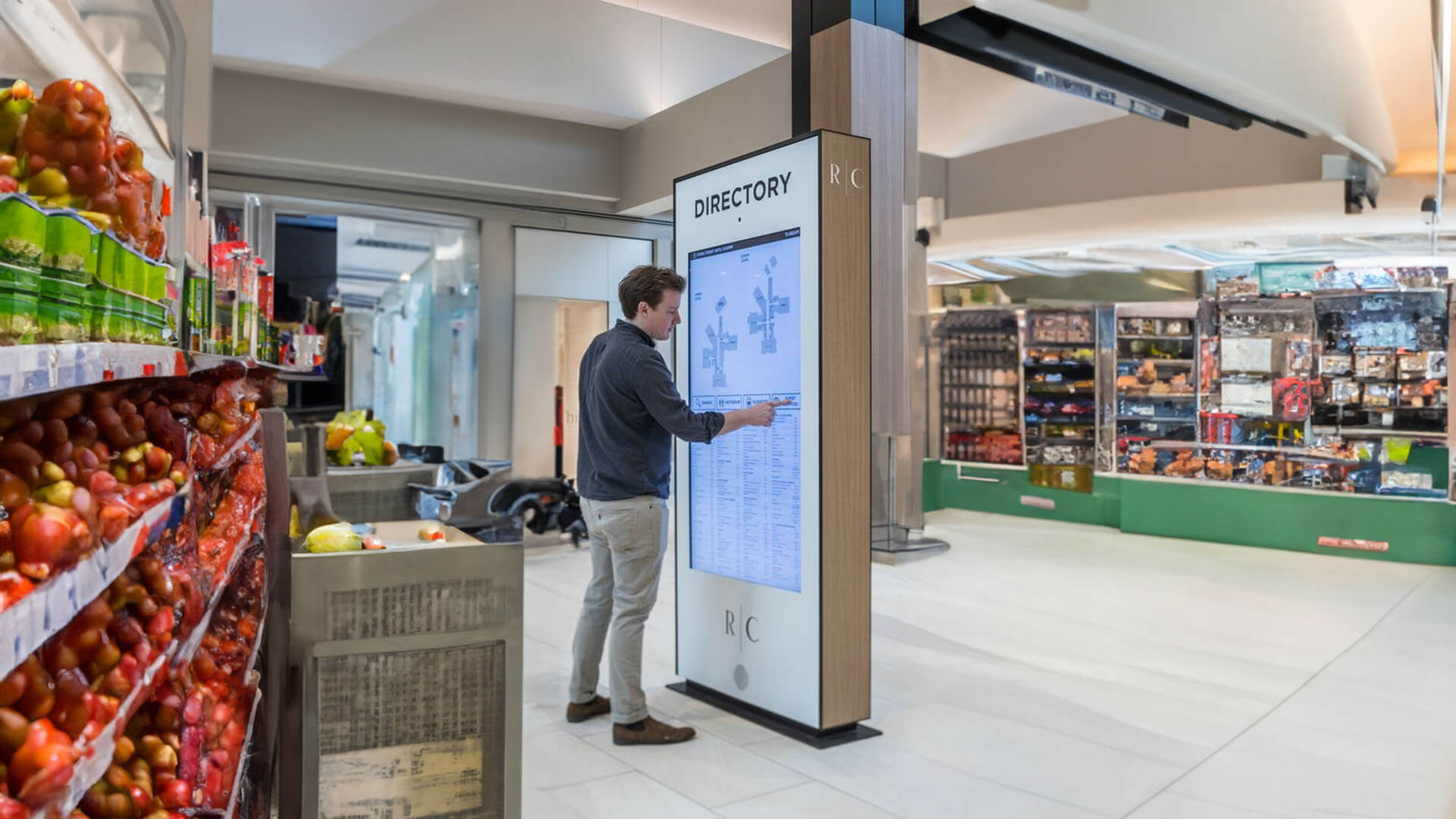
By guiding customers to their desired locations within a retail store, wayfinding technology enhances the overall shopping experience, leading to higher customer satisfaction and increased sales.
Ensures the safety and security of employees and customers by providing clear directions to the nearest evacuation exits or stairways during emergencies such as a fire or earthquake.
By analyzing customer traffic patterns and preferences, wayfinding technology aids in optimizing store layouts, shelf placements, and an idea of which sections or products are in demand, maximizing the effective use of available space.
Wayfinding technology holds exciting possibilities for enhancing the shopping experience. Cutting-edge features and functionalities are being developed to revolutionize how customers navigate retail spaces.
Emerging technologies, like, augmented reality (AR), are shaping shopping mall wayfinding innovations. AR overlays can provide real-time directions and product information, while algorithms enable personalized recommendations and predictive navigation.
As cutting-edge features and technologies continue to shape the field, we can anticipate an even more immersive, personalized, and efficient shopping experience in the next few years.
Take complete control of what you show on your digital signage & how you show it.
Take complete control of what you show on your digital signage & how you show it.
Start Free Trial Schedule My Demo
Dec 6 2023
5 min read
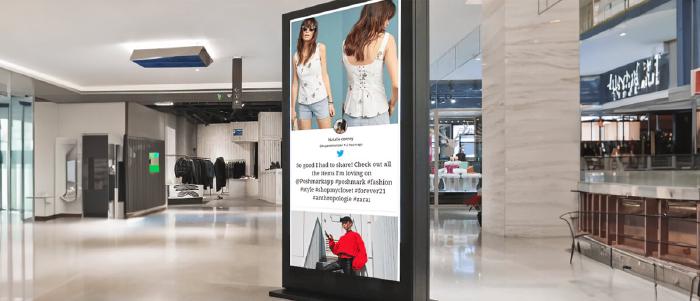
Oct 6 2023
5 min read
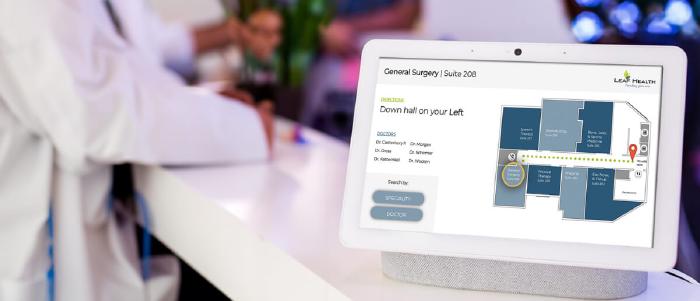
Aug 4 2023
6 min read
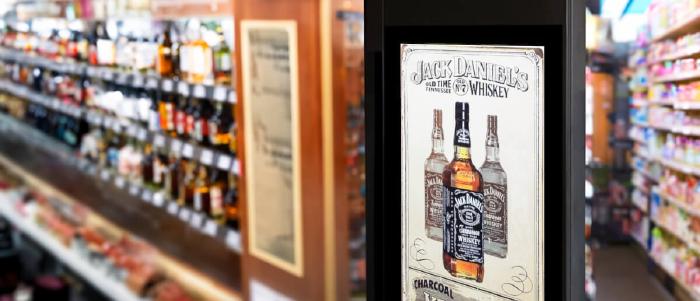
Jul 27 2023
7 min read